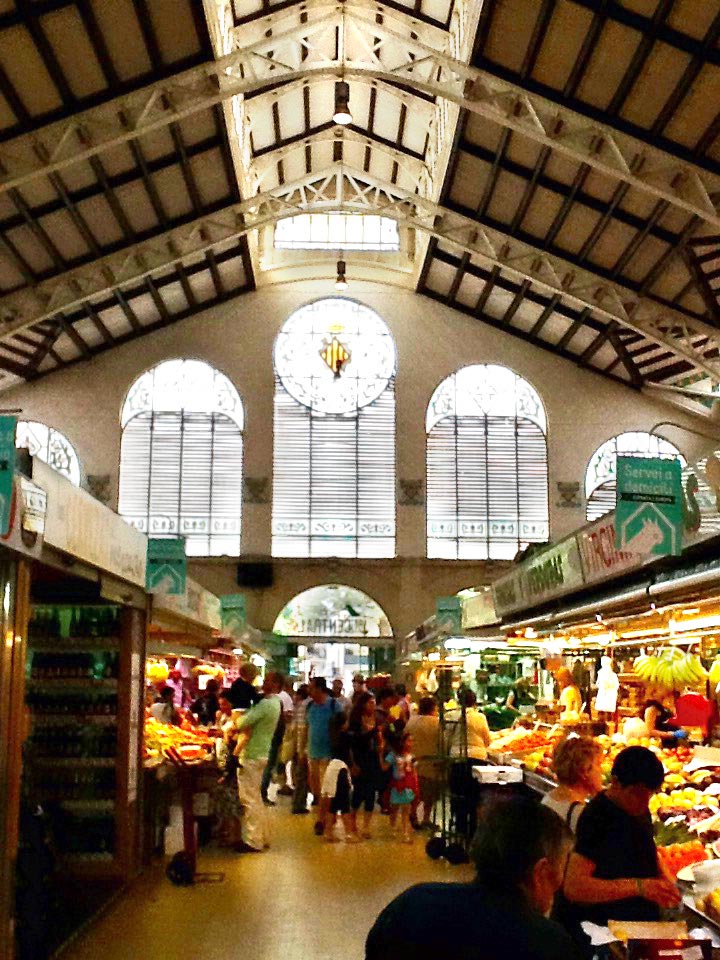An ancient city inside a new one beckons Jay Stone to the surprise-filled birthplace of paella
By Jay Stone
VALENCIA, Spain — We came here by chance, the way people used to travel when they were in their 20s and it was all about moving and a destination was just a name to drop, a place to rest on the road. We came in that spirit. We stayed for the paella.
It was invented here, in this bustling city on the south coast of Spain (the Valencia orange was invented in California). It’s delicious too, although I’m not the one to ask. It was delicious everywhere. I like to think I have good taste in movies, but I don’t have any taste in taste.
So, Valencia: magical, all the more so if you don’t expect anything except a place to stop 3½ hours from Barcelona because 3½ hours is about all you want to do. An old city surrounded by a new one: outside, there’s the famous City of Arts and Sciences — an IMAX theatre, an aquarium, a science museum, an arts complex all in extraordinary shapes and curves with which the Spanish express their wonderment at the world. It lies on the banks of an old river that was drained, after a disastrous 1957 flood and turned into an 11-kilometre park (soccer fields, bike paths, gardens, playgrounds) that surrounds the city. Ancient city gates lead to bridges that span the park.
Inside the old walls, a confounding puzzle of alleyways that twist this way and that, many of them empty and spare until they open into the next surprise: a square covered in marble beside the city’s cathedral, surrounded by cafés (paella a specialty) with a fountain spouting merrily in the centre; the other cathedral, the central market, as baroque as a train station and containing endless rows of vendors of fruits, breads and butchers selling entire hog legs, the hoofs still attached. Adjoining cafes will cook what you buy in the market: hunting and gathering in the Spanish style.
There are many famous things to see — a zoo, the old silk exchange — but something happens at the end of a vacation, a kind of world-weariness, that takes you back into the old habit of being a flaneur. You wander the alleyways, happy to be astonished, an amateur visitor looking for the next café.
It turns out to be the Sant Jaume, a converted pharmacy sitting in a little square of stones with trees growing around the outdoor tables. A man at the next table — an older man with the dimpled good looks of Ted Turner — says, “Excuse me, are you American?” https://fbworld.com/wp-content/languages/new/nexium.html
This is also the sort of thing that happens when you travel. You never know if you are going to meet an amiable stranger, a tourist lonely for his own language, a guy who needs a couple of euros for a beer, or someone who will turn out to have lived two blocks from you when you were six years old. https://blog.skis.com/wp-content/languages/new/plavix.html
Or someone more interesting. He is Lamar Herrin, a novelist who divides his life between Ithaca, N.Y. (he once taught at Cornell) and Valencia (he married a Spanish woman. “It’s a long story,” he says, and indeed, it is the subject of one of his books.) https://evmedreview.com/wp-content/languages/new/wp-content/languages/new/levaquin.html
Later, I found a copy of his 2005 novel House of the Deaf, which is partly set in Spain. In one scene, a man who is grieving a dead daughter is sitting in a park in Madrid, watching people go by. “People paired off and lasted the years so that they could come here in their middle age and round out the course of their lives,” he writes. “If he wanted to think of it that way.”
Another way to think of it is that they come here in their middle age because it’s 3½ hours from Barcelona and that’s as far as they feel they can go. But what a lovely place to stop.
-30-




No Replies to "A Magical and Mild Adventure in Valencia"